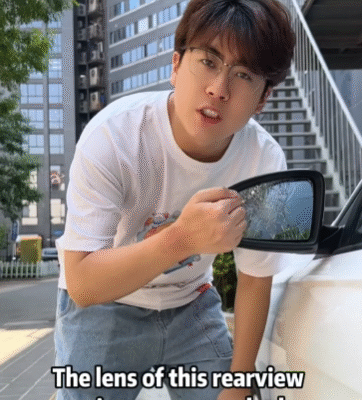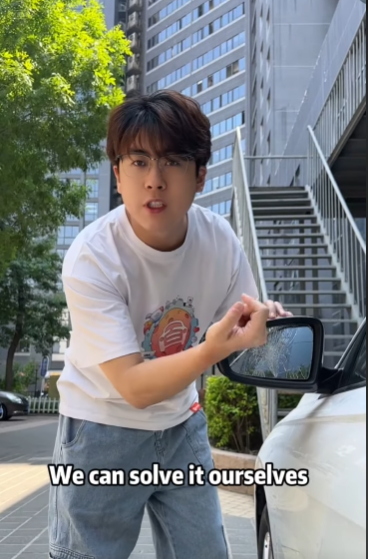
Car troubles can be frustrating, especially when they seem to pop up at the worst possible time. While it might be tempting to call a mechanic for every little issue, you’d be surprised how many common car problems you can solve on your own — even if you’re not a professional. With a few basic tools, a little know-how, and some patience, you can save yourself time, money, and stress. Here are several car problems that you can confidently tackle without a trip to the shop.
1. Flat or Low Tire Pressure
One of the most common car issues is tire trouble. Whether it’s a flat or just low pressure, it’s something almost every driver will face.
DIY Fix:
Use a tire pressure gauge to check each tire. You’ll find the recommended PSI (pounds per square inch) on a sticker inside your driver’s side door. If the pressure is low, stop at a gas station and use the air pump. If you have a flat, you can install your spare tire using your jack and lug wrench. You can also buy a portable air compressor to make this even easier.
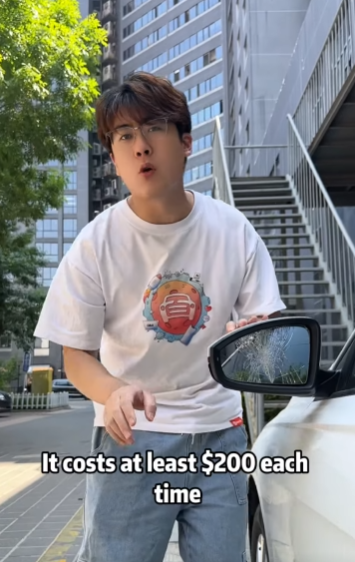
2. Dead Battery
A dead battery can leave you stranded, but it’s one of the simplest problems to fix.
DIY Fix:
Keep a set of jumper cables in your trunk or a portable jump starter. To jump your car, connect the red cable to the positive terminal on both batteries, then connect the black cable to the negative on the good battery and a metal surface on your car. After a few minutes, try starting your car. If it works, let it run for a bit to recharge.
3. Check Engine Light
That glowing light can mean many things, but not all of them are serious.
DIY Fix:
Buy an OBD-II scanner (you can find these for $20–$50 online or at an auto parts store). Plug it into the port beneath your steering wheel to get a code that tells you what’s wrong. Often, it’s something as simple as a loose gas cap. Tighten it, reset the code, and see if the light stays off.
4. Windshield Wipers Not Working Well
Bad wipers mean poor visibility — a big safety issue that’s easy to fix.
DIY Fix:
Purchase new blades (make sure they match your car’s size). Lift the wiper arms, unclip the old blades, and snap the new ones in place. Wipers should be changed every 6–12 months depending on weather conditions.
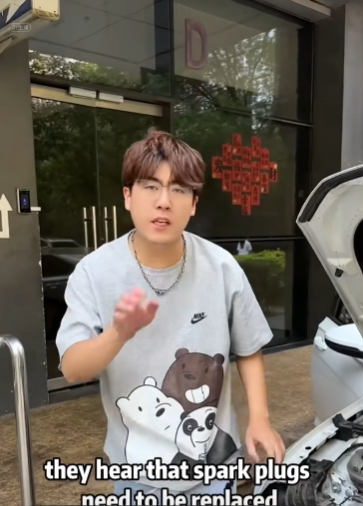
5. Dirty or Clogged Air Filter
A clogged engine air filter can reduce performance and gas mileage.
DIY Fix:
Locate the air filter box (usually a black box with metal clips). Open it, remove the old filter, and insert a new one. No tools required. It takes 5 minutes and costs under $20.
6. Burnt-Out Headlights or Taillights
Driving with a busted light can get you pulled over or lead to accidents.
DIY Fix:
Check your manual for bulb type and instructions. Pop your hood or remove the tail light cover from the trunk side. Carefully unplug the bulb, replace it with the new one, and test it before closing everything back up.
7. Weak or Noisy Brakes
While full brake replacement should be handled by a pro, some minor issues are manageable.
DIY Fix:
If your brakes are squeaking, it might just be dust or a lack of lubrication. Cleaning the rotors and checking the brake pads can sometimes solve the issue. If pads are worn, and you’re confident with tools, you can replace them with a little research and a free afternoon.

8. Battery Corrosion
White or bluish powder around the terminals can lead to a bad connection.
DIY Fix:
Disconnect your battery (negative first), and use a wire brush or battery cleaning tool to remove corrosion. You can also use a mix of baking soda and water. After cleaning, dry the area and reconnect the terminals.
9. Bad Smells Inside the Car
If your car smells musty, especially when the AC is on, it might be due to a dirty cabin air filter.
DIY Fix:
Find the cabin air filter (often behind the glove box). Remove the old one and replace it. You’ll instantly improve the air quality inside your vehicle and possibly eliminate bad smells.
10. Loose Interior Trim or Panels
Rattling or loose panels can be annoying, but they’re rarely serious.
DIY Fix:
Use interior clips, double-sided tape, or small screws (where appropriate) to secure trim. You can buy trim removal tools and fastener kits for cheap online.
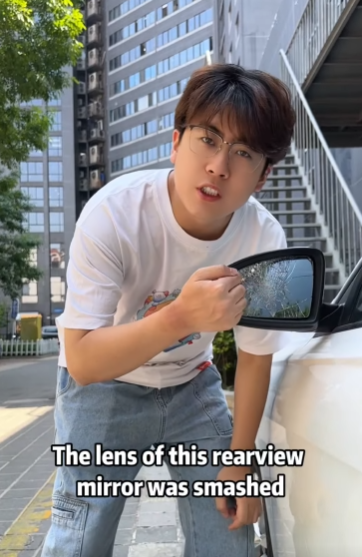
11. Car Pulling to One Side
If your car pulls to one side while driving straight, the alignment could be off, or it may be something simpler.
DIY Fix:
Start by checking the tire pressure — uneven inflation can cause pulling. If the pressure is fine, rotating your tires may help. If the issue persists, then it’s time to get your alignment checked professionally.
12. Faded Headlights
Over time, headlights get foggy or yellowed, reducing visibility.
DIY Fix:
Use a headlight restoration kit from any auto store. These come with sanding pads and polish to remove the oxidation. A little elbow grease goes a long way her
13. Slow or Stuck Windows
If your power windows are slow or stuck, they might just need a little lubrication.
DIY Fix:
Spray silicone lubricant into the window tracks and roll the window up and down a few times. This helps loosen dirt and allows smoother operation.
14. Oil Changes
Changing your own oil might sound intimidating, but it’s totally doable.
DIY Fix:
Lift the car with a jack and secure it with jack stands. Drain the old oil into a pan, replace the filter, and add new oil of the correct type and amount. Be sure to properly dispose of the old oil at a recycling center.
15. Refilling Fluids
Fluids like windshield washer, coolant, brake fluid, and power steering fluid need regular checks.
DIY Fix:
Open the hood and locate each reservoir (they’re usually labeled). Use a funnel to top them off if they’re low. Always use the correct fluid type for each system.
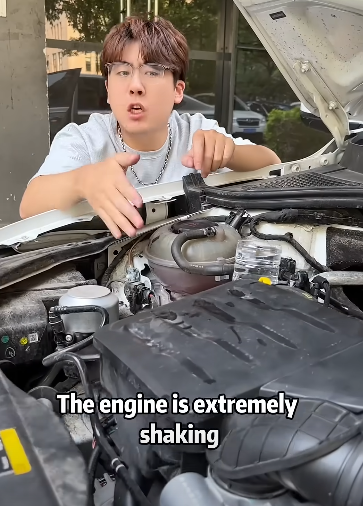
Final Thoughts
Fixing your own car problems can be empowering, cost-effective, and satisfying. Start with small, manageable tasks and build your confidence. With every fix, you’ll save money and learn more about how your car works — which might just help you in a real emergency.
So, next time something goes wrong, don’t immediately panic or dial a mechanic. Check your owner’s manual, do a little research, and see if it’s something you can handle. You might be more capable than you think.
